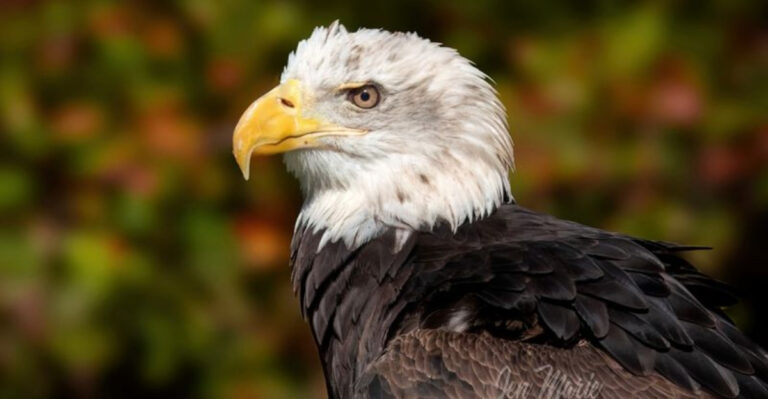Invasive Fish That Eats Birds And Can Travel On Land Found In 9 States

A dangerous predator is slithering through American waters and even onto land. The Northern Snakehead fish, native to Asia, has been found in nine states across the U.S. and poses a serious threat to local wildlife.
These aggressive fish can breathe air, survive on land for days, and have voracious appetites that include birds, mammals, and native fish species. Their spread has alarmed wildlife officials who are scrambling to contain this invasive species before it’s too late.
1. Northern Snakehead: A Growing Threat In U.S. Waters
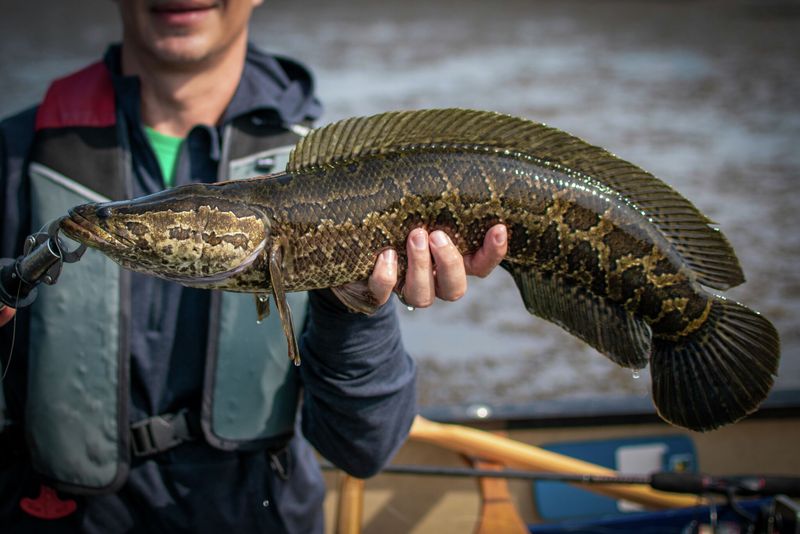
Resembling something from a sci-fi movie, the Northern Snakehead has earned its reputation as an aquatic nightmare. These fish grow up to 3 feet long with sharp teeth, snake-like appearance, and the bizarre ability to breathe air and wiggle across land.
First discovered in a Maryland pond in 2002, the fish caused immediate panic among wildlife officials. A breeding population was established before anyone realized the danger.
Native to China, Russia, and Korea, these invasive predators have no natural enemies in American waters, allowing their populations to explode unchecked. Their spread threatens to upend entire ecosystems across the country.
2. Why The Northern Snakehead Hurts Local Ecosystems
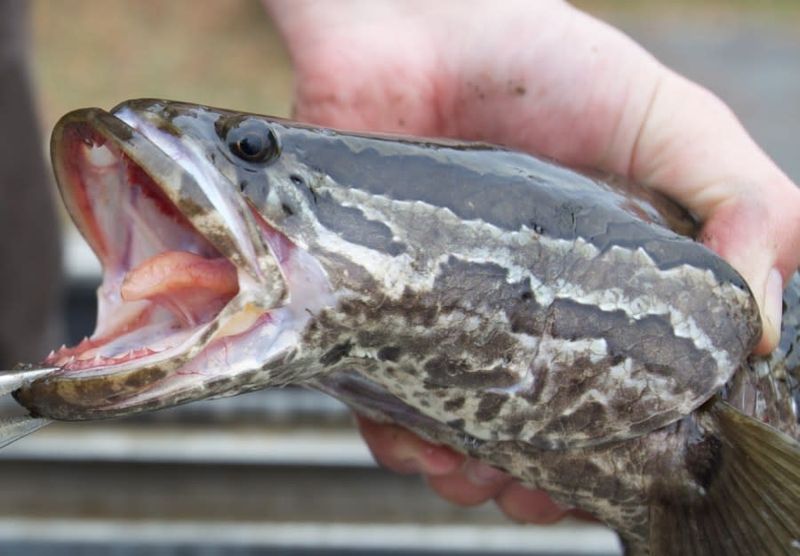
The ecological damage caused by Northern Snakeheads stems from their incredible appetite and lack of natural predators. These fish eat practically anything – frogs, crayfish, insects, smaller fish, and even small birds and mammals that come near the water’s edge.
They outcompete native predatory fish for food resources while simultaneously eating those same native species. This double-whammy effect can quickly destabilize aquatic ecosystems.
Female snakeheads can spawn up to five times per year, releasing up to 15,000 eggs each time. This reproductive rate, combined with their aggressive feeding habits, makes them particularly destructive invaders that can rapidly take over waterways.
3. How The Northern Snakehead Behaves And Spreads
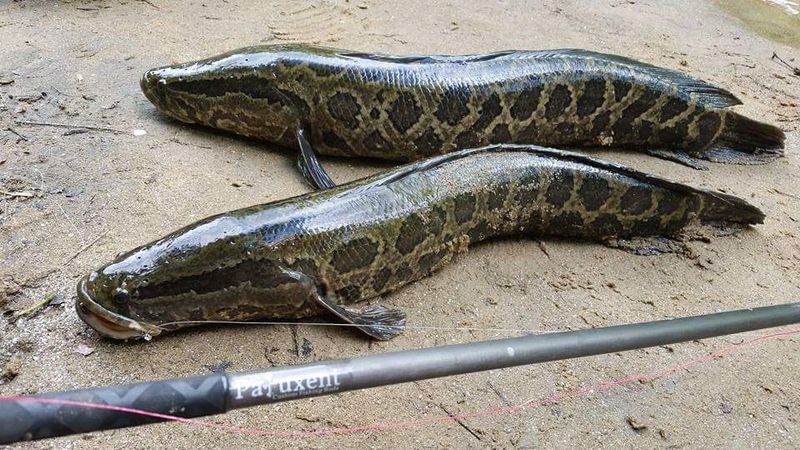
The Northern Snakehead’s bizarre ability to breathe air comes from specialized chambers near their gills. This adaptation allows them to survive out of water for up to four days if their skin stays moist.
When threatened or seeking new territory, they can wriggle across land using their fins in a snake-like motion, traveling up to a quarter mile between bodies of water. This unique mobility helps them colonize new waterways that would be impossible for other fish to reach.
Most invasive populations began when pet owners released unwanted snakeheads into local waters. They can also spread when floodwaters connect previously isolated ponds and streams, giving them access to new territories.
4. Efforts To Control The Northern Snakehead Population
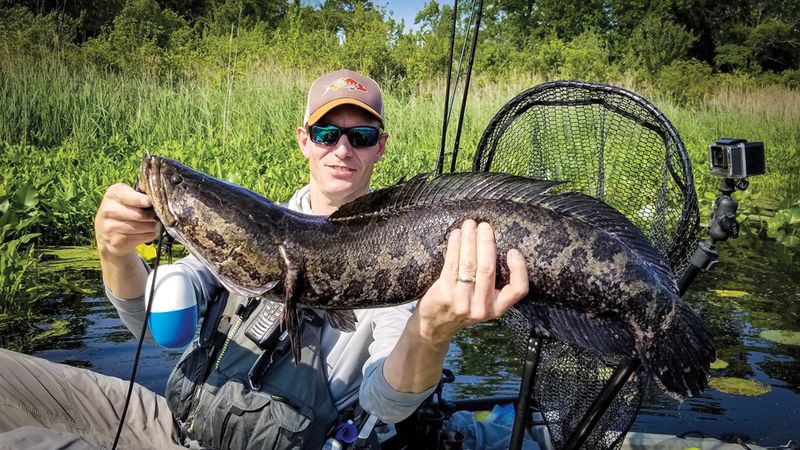
Wildlife agencies have implemented aggressive control strategies to combat the snakehead invasion. Fishing regulations in affected states have been modified to encourage anglers to catch and kill these fish – no catch limits, no minimum size, and mandatory destruction if caught.
Some states have organized fishing tournaments specifically targeting snakeheads, offering prizes for the most caught or largest specimens. Scientists have also experimented with targeted poisoning operations in isolated ponds.
Public education campaigns warn against releasing pet snakeheads and teach people to identify and report sightings. Despite these efforts, complete eradication seems unlikely, with management and containment being more realistic goals.
5. Maryland
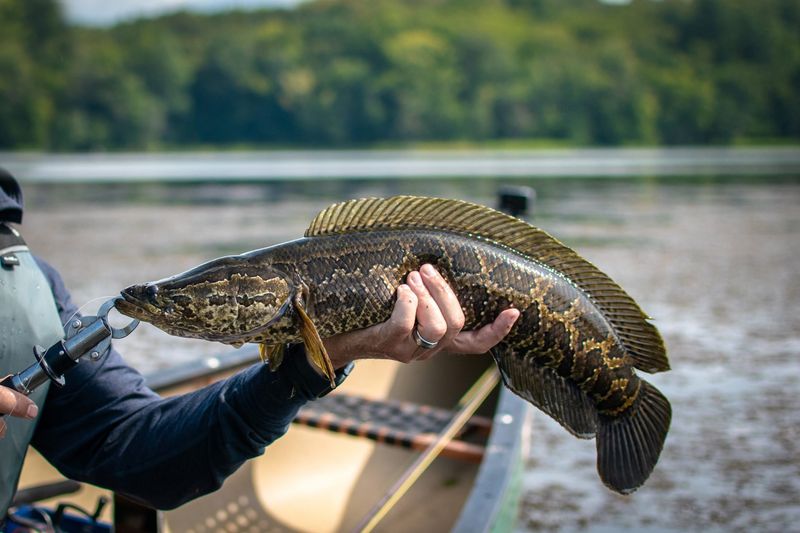
Maryland holds the dubious honor of being ground zero for the Northern Snakehead invasion in America. The fish was first discovered in a Crofton pond in 2002 when an angler caught one and reported it to authorities.
State officials took drastic action, using rotenone to poison the entire pond after confirming a breeding population. Despite this early intervention, snakeheads were found in the Potomac River by 2004, where they’ve since established a permanent presence.
Maryland now encourages snakehead fishing with no catch limits and has developed creative solutions like promoting snakehead as a delicious food fish. Some local restaurants even feature it on their menus as an environmentally responsible seafood choice.
6. Virginia

Virginia’s battle with the Northern Snakehead began shortly after Maryland’s, as the fish quickly spread throughout the shared Potomac River watershed. The Commonwealth’s Department of Wildlife Resources has documented snakeheads in multiple river systems, including the Rappahannock and York.
The invasive fish has become particularly problematic in Virginia’s tidal creeks and marshes. These shallow, vegetated areas provide perfect breeding grounds for snakeheads while making them difficult for authorities to monitor and control.
Virginia has embraced a “if you can’t beat them, eat them” approach. The state actively promotes snakehead as tasty table fare, hoping that creating a market demand will help control populations while supporting local fishing economies.
7. Pennsylvania
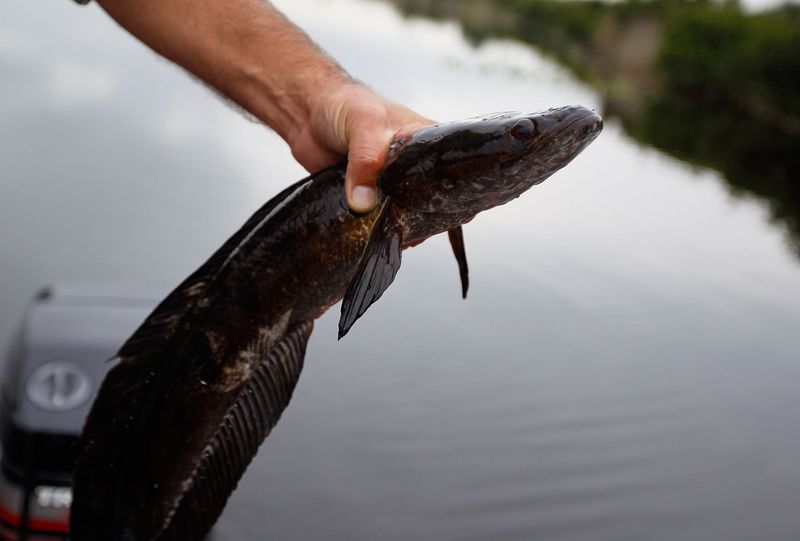
Pennsylvania confirmed its first Northern Snakehead in 2004 when one was caught in the Schuylkill River near Philadelphia. Since then, the fish has expanded its range to include parts of the Delaware River and its tributaries in the southeastern portion of the state.
The Pennsylvania Fish and Boat Commission has implemented an aggressive “no tolerance” policy. Anglers are required to kill any snakeheads they catch and are prohibited from possessing live specimens under any circumstances.
Climate may be helping limit their spread in Pennsylvania. The state’s colder northern waters appear less hospitable to snakeheads, which prefer warmer environments. This natural barrier has so far prevented them from establishing populations in the Susquehanna River basin and western watersheds.
8. New York
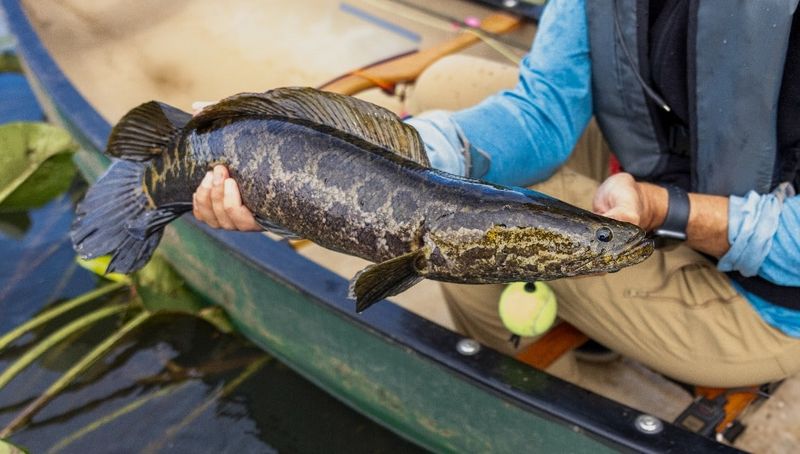
New York’s snakehead saga began in 2008 when they were discovered in two connected ponds in Queens. Rather than poisoning the ponds in a densely populated area, officials drained them completely, removed all fish, and then refilled them after the threat was eliminated.
Despite this early success, snakeheads have since been found in Catskill ponds, Harlem Meer in Central Park, and several Long Island locations. The fish seems particularly drawn to New York’s many small, warm water bodies scattered throughout suburban and urban areas.
New York’s Department of Environmental Conservation has created specialized snakehead response teams that can quickly assess new sightings and determine appropriate actions. The state also offers a hotline for residents to report suspicious fish.
9. New Jersey
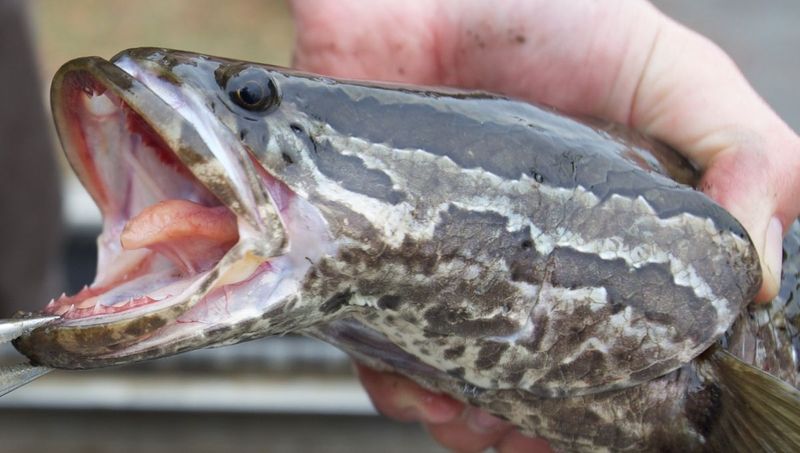
New Jersey’s struggle with Northern Snakeheads intensified in 2018 when a fisherman caught one in Middlesex County’s Roosevelt Lake. Further investigation revealed an established population that had likely been there for years undetected.
The Garden State’s dense network of interconnected waterways has made containment particularly challenging. Snakeheads have been confirmed in multiple water bodies, including the Delaware River and various lakes in the central and southern regions.
New Jersey Fish and Wildlife officials have partnered with Rutgers University to develop environmental DNA testing that can detect snakehead presence from water samples alone. This cutting-edge technology allows them to monitor waterways more efficiently and identify new invasions before they become established.
10. Delaware

Delaware’s compact size hasn’t spared it from the snakehead invasion. The fish was first documented in the state in 2010 in the Nanticoke River watershed and has since spread to numerous ponds and streams throughout the state.
The Diamond State’s extensive wetlands and shallow water systems provide ideal habitat for snakeheads. These areas are often difficult to access, making monitoring and control efforts particularly challenging for wildlife officials.
Delaware has taken a unique approach by enlisting the help of bow hunters. Special permits allow for bowfishing of snakeheads at night when the fish are most active, creating an effective control method in areas where traditional fishing is difficult. This innovative program has removed hundreds of snakeheads from Delaware waters.
11. Arkansas
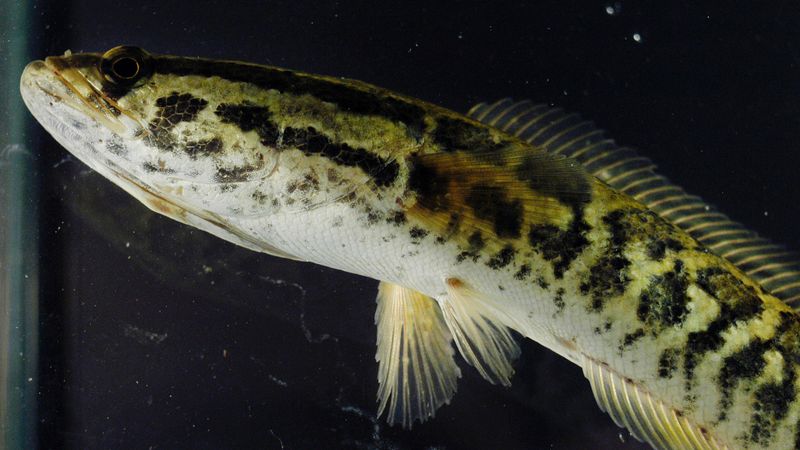
Arkansas represents a particularly troubling chapter in the snakehead saga, as the fish threatens the state’s economically vital aquaculture industry. Discovered in eastern Arkansas in 2008, snakeheads quickly established themselves in the fertile waters of the Mississippi Delta region.
Unlike the East Coast invasions that began with pet releases, Arkansas’ problem likely started when fish farmers unknowingly imported juvenile snakeheads mixed with shipments of grass carp from Asia. Flooding then helped spread them from farm ponds to natural waterways.
The state’s Game and Fish Commission has authorized extreme measures, including allowing snakeheads to be taken by any means – including shooting, gigging, and bowfishing – at any time of day or night. Despite these aggressive policies, snakeheads continue to thrive in Arkansas’ warm, shallow waters.
12. Mississippi
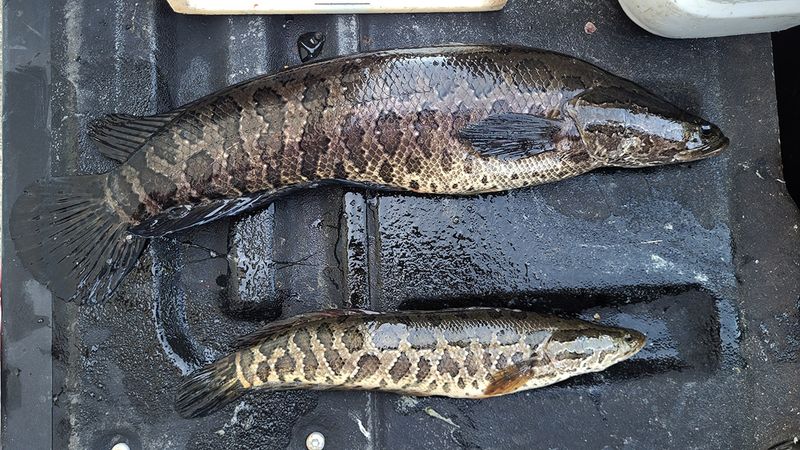
Mississippi confirmed its first Northern Snakehead in 2017 when a farmer spotted one in a pond on private land in Bolivar County. The discovery triggered immediate concern about potential impacts on the state’s extensive river systems and wetlands.
The Mississippi Department of Wildlife, Fisheries, and Parks responded with targeted surveys that unfortunately revealed snakeheads in multiple oxbow lakes connected to the Mississippi River. Their presence in these productive fishing areas threatens both recreational fishing and commercial fisheries.
Mississippi has implemented mandatory snakehead fishing tournaments in affected areas, requiring fishing guides and outfitters to participate. These events combine sport with science, as biologists collect data from each fish caught to track population growth and movement patterns throughout the state’s waterways.
13. Missouri
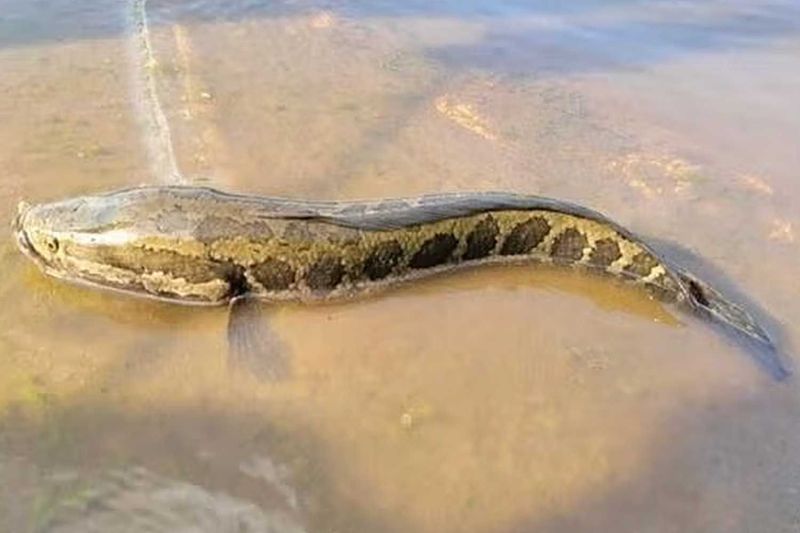
Missouri became the ninth state to join the unwanted snakehead club in 2019 when one was caught in Bull Creek in southwestern Missouri. This location was particularly concerning to biologists because it sits within the White River watershed, potentially opening a new front in the battle against this invasive species.
The Missouri Department of Conservation launched an immediate response, surveying surrounding waters and establishing monitoring stations. Fortunately, subsequent investigations suggest this may have been an isolated incident rather than an established population.
Missouri has implemented some of the strictest preventive measures of any state, including banning the transport of live bait between watersheds and requiring anglers to drain all water from boats when leaving fishing areas. These protocols aim to prevent snakeheads from gaining a foothold in Missouri’s prized fishing waters.





